June 3, 2015
Help us to investigate the psychological components of workplace noise
 I recently reviewed over one hundred papers on the impact of noise on workplace satisfaction and found that on average sound level only accounts for 25 percent of effects. By contrast, more than half of the effect is due to psychological factors such as context and attitude, perceived control and predictability and personality type. Noise is a psychophysical phenomenon and as long as we continue to focus on physical metrics and disregard the psychological component, we will never resolve the biggest and often ignored problem of noise in the workplace. The review (available to download for free here) was the first step in revisiting how we tackle the issue. The second step is an on-line survey to explore the relationship between personality and noise distraction. I’d like to invite you to contribute to this research and participate in this survey by clicking here.
I recently reviewed over one hundred papers on the impact of noise on workplace satisfaction and found that on average sound level only accounts for 25 percent of effects. By contrast, more than half of the effect is due to psychological factors such as context and attitude, perceived control and predictability and personality type. Noise is a psychophysical phenomenon and as long as we continue to focus on physical metrics and disregard the psychological component, we will never resolve the biggest and often ignored problem of noise in the workplace. The review (available to download for free here) was the first step in revisiting how we tackle the issue. The second step is an on-line survey to explore the relationship between personality and noise distraction. I’d like to invite you to contribute to this research and participate in this survey by clicking here.









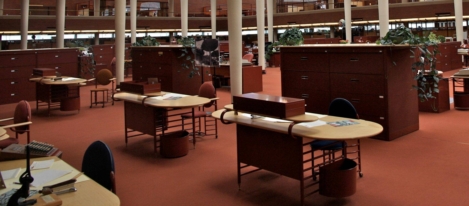
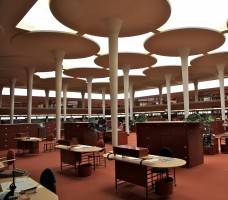
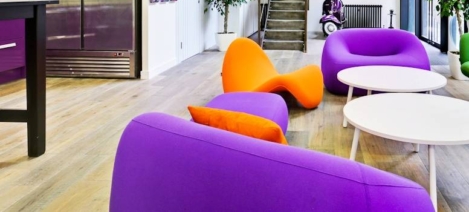
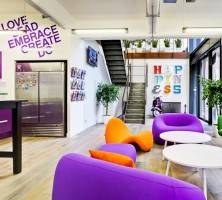


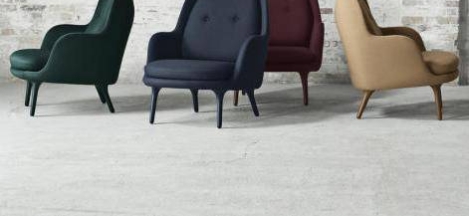
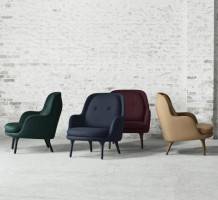
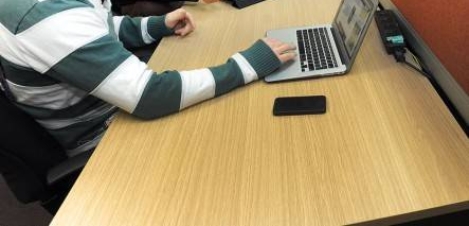
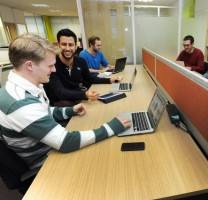
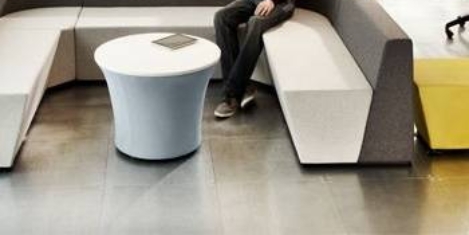
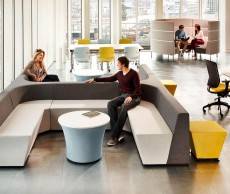
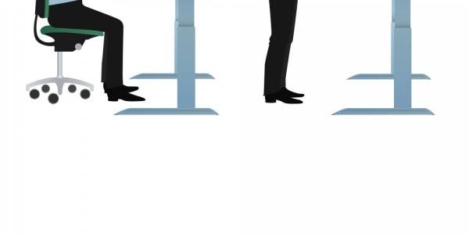
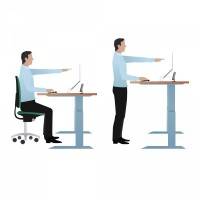 Lately I’ve seen many articles about sit stand workstations and references to Scandinavia where almost all of us employees have access to sit stand workstations. It is true that most of the Scandinavian employees have access to sit stand workstations and in for example in Denmark employers are required by law to provide sit stand workstations to the employees, but this does unfortunately not automatically mean that the Scandinavian employees actually stand by the workstations. Even though most of us actually know that sitting is bad for our health, wellbeing and even our performance, we tend to sit most of the time while working. It is mostly about us being used to sit while working. It is a habitual behaviour and instead we need to get new habits of standing and moving at work. Change management is needed.
Lately I’ve seen many articles about sit stand workstations and references to Scandinavia where almost all of us employees have access to sit stand workstations. It is true that most of the Scandinavian employees have access to sit stand workstations and in for example in Denmark employers are required by law to provide sit stand workstations to the employees, but this does unfortunately not automatically mean that the Scandinavian employees actually stand by the workstations. Even though most of us actually know that sitting is bad for our health, wellbeing and even our performance, we tend to sit most of the time while working. It is mostly about us being used to sit while working. It is a habitual behaviour and instead we need to get new habits of standing and moving at work. Change management is needed.











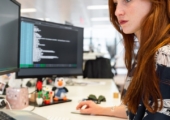


June 8, 2015
Three reasons why National Work From Home Day has it all wrong
by Mark Eltringham • Comment, Flexible working, Public Sector, Technology
Last Friday was National Work From Home Day in the UK. Each year, the TUC and organisers Work Wise seem to take this as an opportunity to analyse data about the uptake of flexible working and arrive at the wrong conclusions. This year, its analysis of the ONS Labour Force Survey found that the number of people regularly working from home had increased by more than 800,000 since 2005, taking the total to over 4.2 million. These are solid enough data, but what are we to make of TUC General Secretary Frances O’Grady’s conclusion that: “these figures show millions of British workers have adopted homeworking and are enjoying a better work-life balance, while saving time and money on costly commuting that benefits no-one”? There are several reasons to suggest that he’s got that wrong to a large extent.
More →